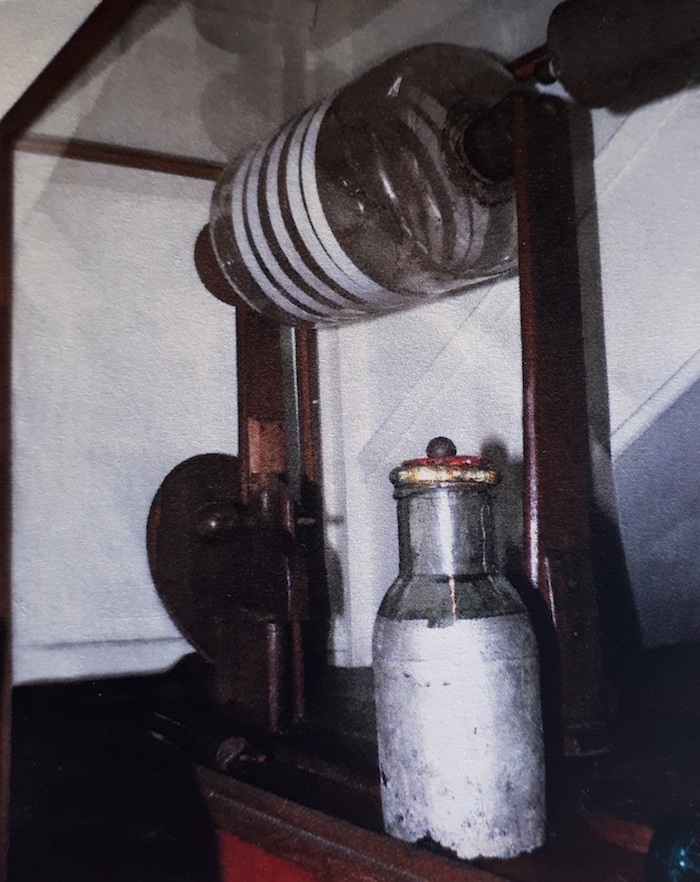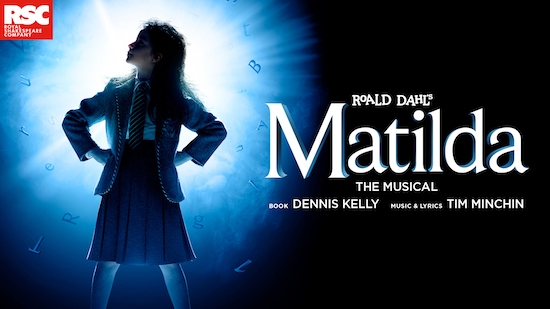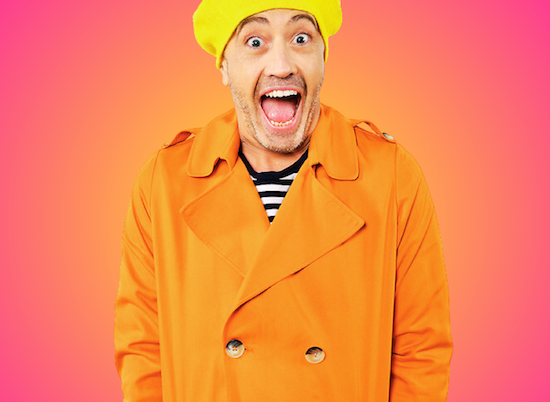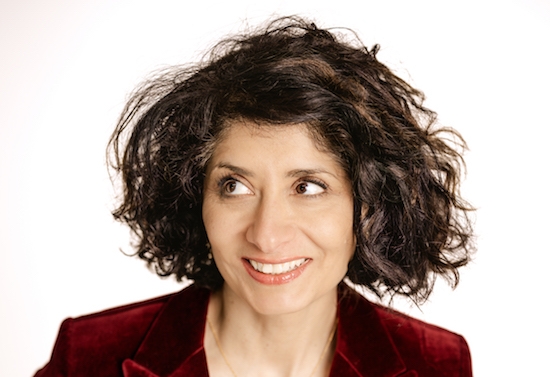I am a volunteer in the Cowper and Newton Museum on Olney Market Place, and one of the delights of the job is ferreting around the objects and learning more about our beautiful town, its history and its traditions, writes Fran Parry.
This month I am turning my attention to a piece of equipment that looks oddly out of place in Orchard Side, which is quintessentially a rather genteel Georgian residence, occupied by the 18th century poet William Cowper.
This is an electric shock machine which in fact is actually very much of its time and demonstrates William Cowper’s fascination with the latest advancements in science and medicine.
This was the Age of the Enlightenment and Cowper, being very much a polymath, was interested in the works of his contemporary Tiberius Cavallo, a physicist who invented many scientific inventions and wrote a “Treatise on the Theory and Practice of Medical Electricity” which Cowper studied and followed.
Our machine looks very much like a “Cavallo Machine”. It was natural that William, a progressive thinker, should be as excited by the potential for electricity as his contemporaries such as Matthew Boulton, Josiah Wedgwood, Erasmus Darwin (Charles Darwin’s grandfather) and the US founding father Benjamin Franklin were. Electricity became the sight to see, and in which to participate, at the fashionable London salons.
Why though was Cowper so intimately interested in this machine?
The answer is simple and touching. Cowper lived for many years both in Olney at Orchard side and in Weston Underwood at Weston Lodge with a widow, Mrs Mary Unwin.
Our William had become friends with her son William and had moved as a lodger into Mary and her husband’s house in Huntingdon.
When her husband died Mary leased a house here in Olney in order to attend John Newton’s church and William came too. The two lived together for the rest of their lives and in many respects Mary filled the yawning gap left in William’s life by the death of his mother when he was a boy.

It was when Mrs Unwin became ill after what was thought to be a secondary stroke that William borrowed the machine from a neighbour, the aptly named Mr Socket in Weston and subsequently bought it from him.
Similar machines were used to ease a wide variety of ailments including paralysis, convulsions, jaundice, gallstones and even tapeworms and bad eyes – for which Georgiana Duchess of Devonshire was “shocked”.
The jury is out on how successful the treatment was for these conditions. What we do know, from William’s writings, is that In 1792 Mrs Unwin was in a very poor state.
Whether she had in fact had a couple of strokes or as she herself believed she was suffering from a “complex case consisting entirely of bile, spasm and rheumatism” she was unwell and the shocking machine was of “material service” in her recovery.
Mrs Unwin appears to have been unafraid of the machine and the “shocks” but as this was long before anaesthetic I think we can assume that the Georgian’s tolerance of pain was higher than our own.
That said, both William and Mrs Unwin were heavily reliant on the drugs of the day and Cowper writes of the singular success of the shocking treatment saying Mrs Unwin is so much improved that “We have both left off our Narcotics. She sleeps without her paregoric (a tincture of opium) and I without Laudanum.”
Mrs Unwin was routinely shocked by the machine for at least a year because William was still delivering daily doses to her in July 1793 writing that “I am just going to electrify Mrs Unwin, which done, I must take a short walk and dine.” It is easy to be scornful of the treatment but it is pretty clear from William’s writing that both he and the patient saw the benefits. Mrs Unwin died in 1796.
You can see the “Electric Machine” at the Cowper & Newton Museum, Market Street, Olney and learn more about the Museum and the #AmazingGeorgians here
Never miss news or leisure info in Milton Keynes - Follow us on www.twitter.com/thisistotalmk
And on Facebook: www.facebook.com/thisistotalmk















